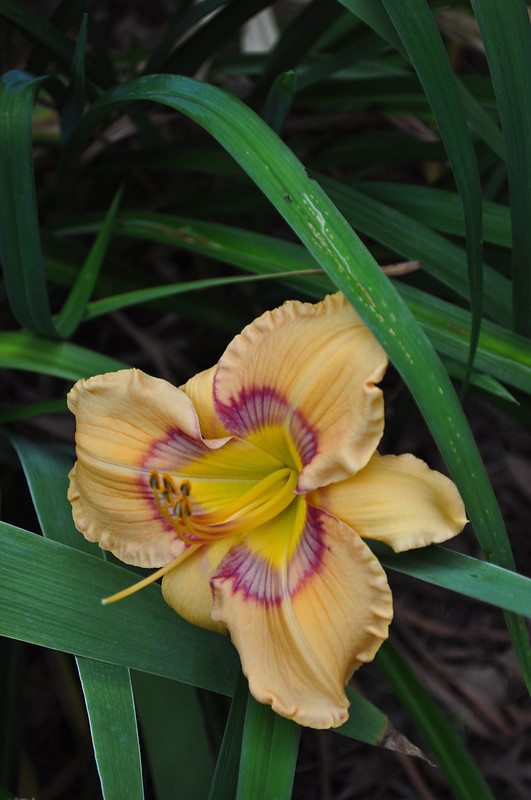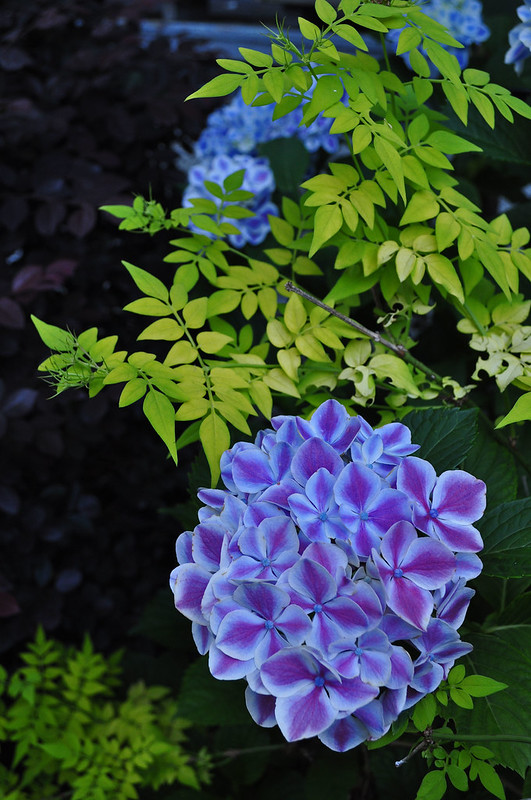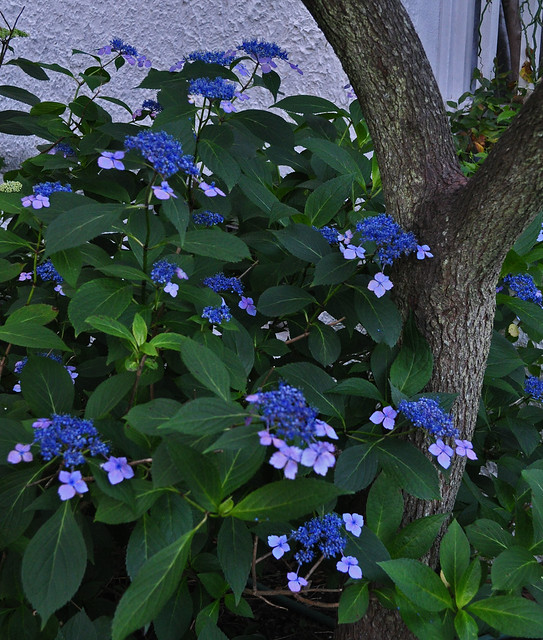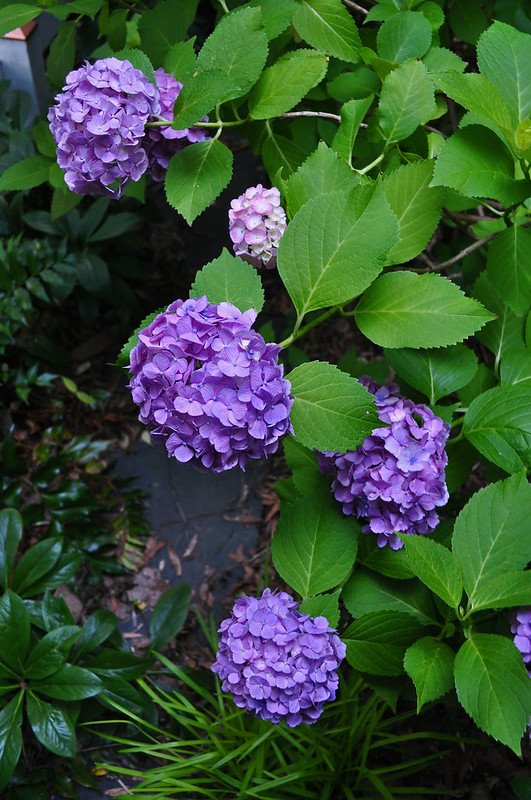I first fell in love with lupines on a trip to Maine, where the plants seemed to be growing without effort. I think what attracts me is their stature, and the upright drama they add to the garden. For the same reasons I am similarly attracted to other tall flowers, such as
Digitalis, hollyhocks, and
Verbasum. But for me there is something else about lupines that I can't quite put my finger on, perhaps it has something to do with symmetry and uniformity. When I first began gardening I couldn't find any lupines for sale in local nurseries, and more than one nursery person told me this perennial wouldn't grow here, that it was just too hot. A little research confirmed my disappointment, and I begrudgingly resolved to admire them from afar. Years later, I saw them again, only this time coming up through cracks in the pavement during a trip to Grand Lake, Colorado, and I just haven't been able to let go.
In the fall of 2012, some co-workers and I attended a lecture by
Lisa Ziegler, a nearby wholesale cut flower grower. The gist of her talk was how she sows seeds for cool climate flowers in the fall to harvest fresh cut flowers in the spring. Her lecture inspired us to try some of the annuals that love that cool shoulder-season between late winter and early summer. Among other things we decided to try lupines as annuals, rather than perennials. Though I was dubious, I found an inexpensive source for
Lupinus polyphyllus seeds and gave them to the propagator at work. They were sown in early autumn of last year, quickly made size, and were planted-out in late October/early November, about the same time as the pansies were planted. Being hardy to at least zone 4, I knew they would survive our winter, and indeed, their foliage remained pristine and attractive, even through one of the worst winters in many years. Perhaps that cold weather was what they liked, because by early May it was apparent we were in for a spectacular show.
So this is what I learned, but not necessarily about lupines:
- While it is good to listen to the voice of experience, there is more than one voice.
- Don't be afraid to try something new, especially if it can be defined or framed in a new way (from perennial to annual), or if your investment is small ($2.49 for a pack of seeds).
- Look close to home. There are over 80 Lupinus species, and from one of the native plant experts at work, I was surprised to learn that L. perennis is native here in southeastern Virginia, and is tolerant of our hot and humid summers.
- Be careful what you wish for, as what you covet may be someone else's bane. Ask gardeners in New Zealand or Scandinavia what they think of L. polyphyllus.































